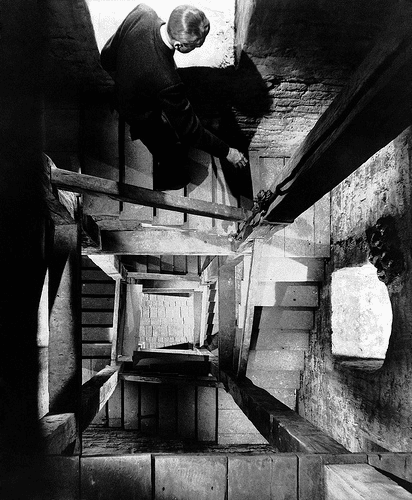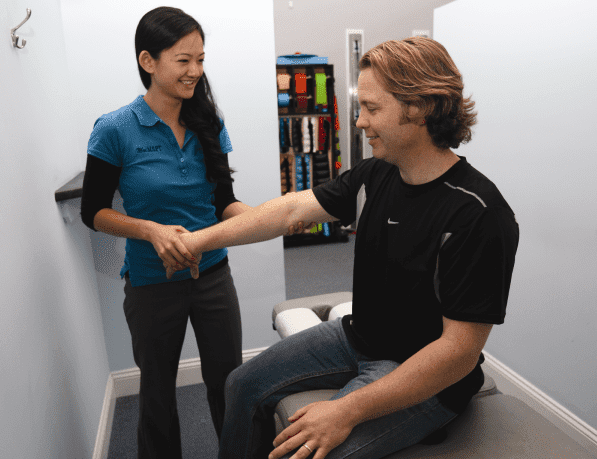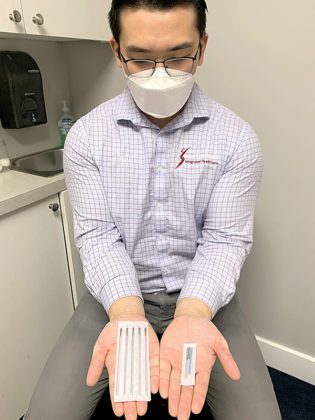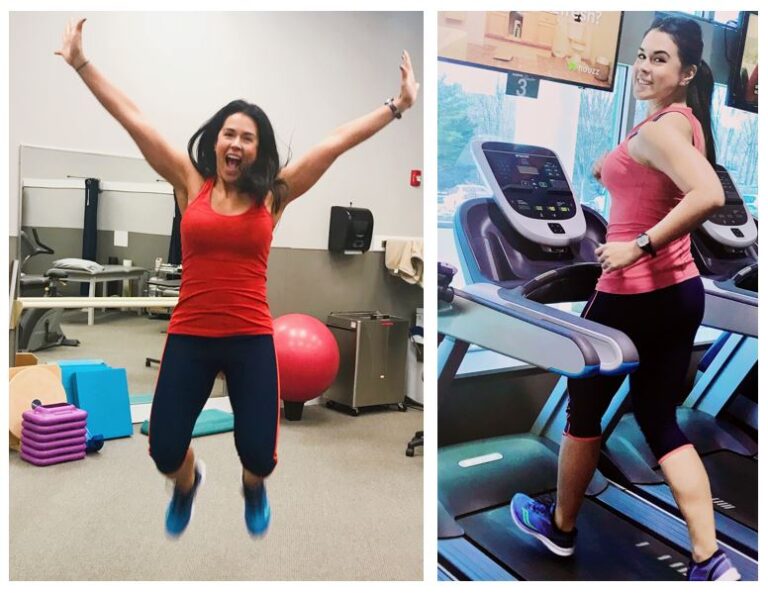By Marjorie Golankiewicz, Physical Therapist
Do you experience vertigo, dizziness, nausea, lightheadedness or loss of balance when you move your head? Do you suddenly get dizzy when you roll over in bed or when you straighten up after being bent over? Do you experience vertigo if you look up suddenly such as when reaching for something on a high shelf? If so, then you may have benign paroxysmal positional vertigo (BPPV). People who have BPPV feel as if they are swaying, spinning or tilting even when they are not moving. Or, they may feel as if things around them are moving even though they are not. Additional symptoms may be sweating, nausea, vomiting or nystagmus, which are uncontrolled eye movements. BPPV may resolve on its own but it can be quite disturbing when it lasts. If left untreated, it can lead to falls, work or car accidents or fear of performing simple daily tasks.
BPPV, the most common form of vertigo, occurs mainly in people over the age of 60 and it occurs more often in women. Research suggests the incidence rate may be as high as 50% in people aged 70 and over. BPPV is a vestibular dysfunction where the calcium crystals in the inner ear break off and float in the semicircular ear canal. These crystals can be dislodged by a head injury, infection, aging, a vascular injury or by any other disorder of the inner ear. Other causes of BPPV are largely unknown.
Once BPPV has been diagnosed by a physician, they may refer their patient for Physical Therapy so it can easily be treated, sometimes resolving in as few as one or two treatments. The Physical Therapist would examine the patient to determine what positional changes produce the vertigo, whether there are any balance problems associated with the BPPV and whether the patient has other conditions that may affect treatment.
The most common treatment by a Physical Therapist involves using various head, eye and body maneuvers known as Vestibular Rehabilitation Therapy (VRT). These specific exercises stimulate and retrain the vestibular system. The American Academy of Neurology has found that the most effective therapy for BPPV is the Epley maneuver, which consists of safe, clinician-guided head movements that only take a few minutes to perform. The goal of this maneuver is to move the crystals out from the posterior semicircular canal and into another inner ear canal, where it is absorbed by the body. Another treatment, called habituation, involves the therapist teaching the patient Brandt-Daroff exercises that repeatedly try to teach the patient’s brain not to set off the vertigo response. Other treatments include medications to help control the symptoms, home exercises, and, in rare cases, surgery to prevent movement of the crystals in the inner ear.
Photo Credit: Flickr/Laura Loveday




